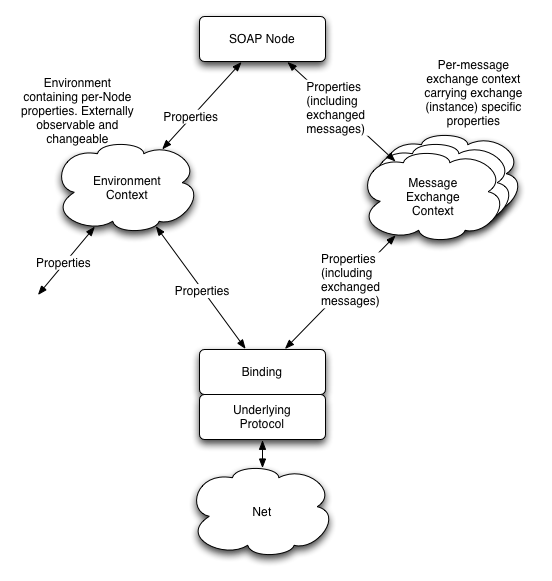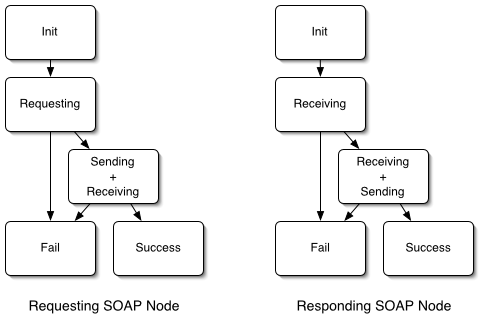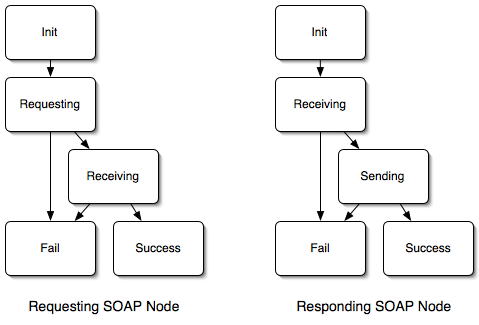D. Acknowledgements (Non-Normative)
This document is the work of the W3C XML Protocol Working Group.
Participants in the Working Group are (at the time of writing, and by
alphabetical order): CarineBournez(W3C),MichaelChampion(SoftwareAG),(Macromedia,Allaire),DavidFallside(IBM),DietmarGaertner(SoftwareAG),TonyGraham(SunMicrosystems),MartinGudgin(MicrosoftCorporation,DevelopMentor),GerdHoelzing(SAPAG),OisinHurley(IONATechnologies),JohnIbbotson(IBM),RyujiInoue(MatsushitaElectric),KazunoriIwasa(FujitsuLimited),MarioJeckle(DaimlerChryslerR.&Tech),MarkJones(AT&T),JacekKopecky(Systinet/Idoox),MichahLerner(AT&T),NoahMendelsohn(IBM,formerlyofLotusDevelopment),NiloMitra(Ericsson),Jean-JacquesMoreau(Canon),MasahikoNarita(FujitsuLimited),MarkNottingham(BEASystems,formerlyofAkamaiTechnologies),AndreasRiegg(DaimlerChryslerR.&Tech),HervéRuellan(Canon),JeffSchlimmer(MicrosoftCorporation),MiroslavSimek(Systinet/Idoox),(SeeBeyond),VolkerWiechers(SAPAG).
Previous participants were: Yasser alSafadi (Philips Research),
Bill Anderson (Xerox),
Vidur Apparao (Netscape),
Camilo Arbelaez (WebMethods),Mobile(Planetfred),(Electricitéde(Electricitéde(Novell),ConlethO'Connell(Vignette),(eXcelon),Dug(MITRE),(Tibco),(Hewlett-Packard),ChrisFerris(SunMicrosystems),Hoffman(Tradia),SoftwareCorporation),(Hewlett-Packard,(Novell),AmyLewis(TIBCO),(Intalio),HighlandMaryMountain(Intel),(Tibco),(Cisco),(Novell),(MITRE),(Zolera),(Cisco),(Tradia),SimeonSimeonov(Allaire),(WebMethods),(Hewlett-Packard),(Martsoft).
The people who have contributed to discussions on
xml-dist-app@w3.org
are also gratefully acknowledged.


